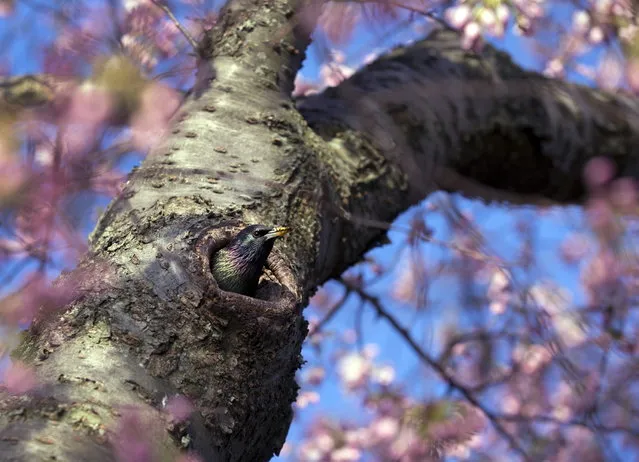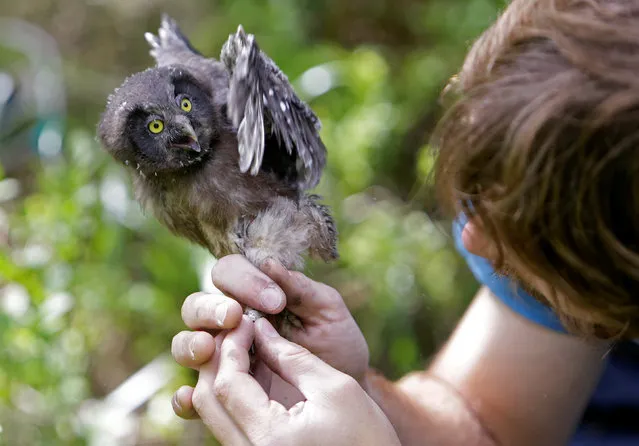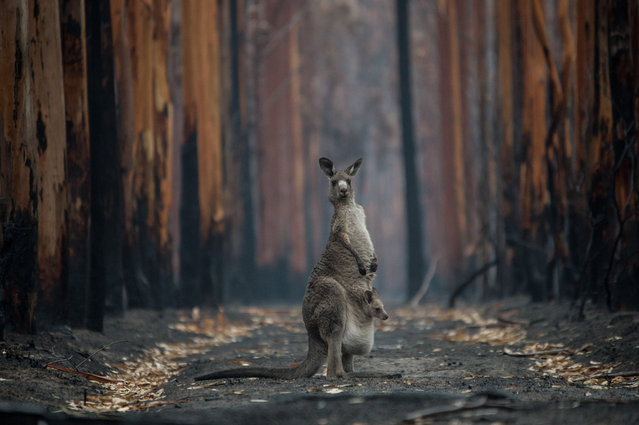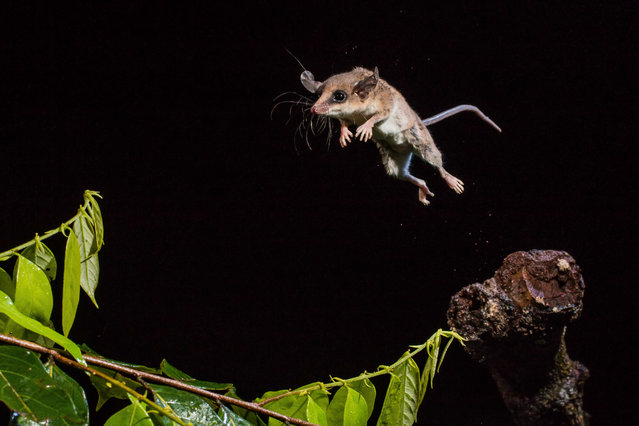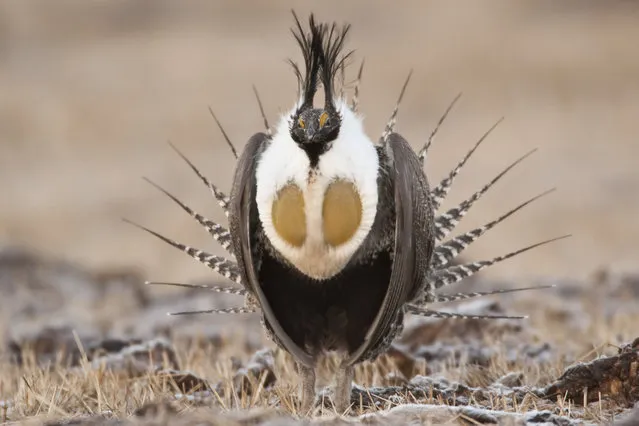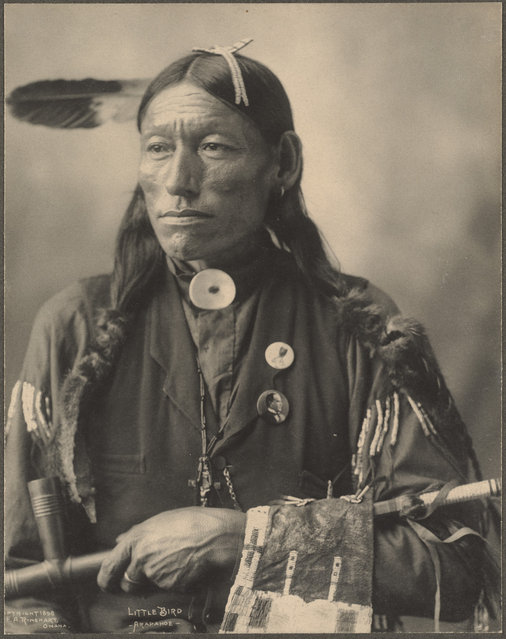
Actresses from left Jurnee Smollett-Bell, Rosie Perez, Mary Elizabeth Winstead, Margot Robbie and Ella Jay Basco pose for a selfie photo upon arrival at the world premiere of “Birds of Prey” in London, Wednesday, January 29, 2020. (Photo by Joel C. Ryan/Invision/AP Photo)
09 Feb 2020 00:05:00,post received
0 comments

